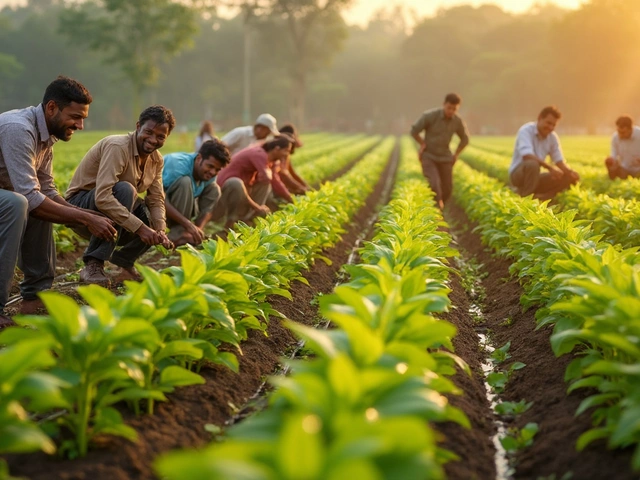Food Safety: Simple Tips to Keep Your Meals Safe
Ever wonder why a fresh fruit can turn sour in just a few days? It’s not magic – it’s microbes. Knowing a few easy rules can stop bad bugs from ruining your dinner or making you sick. Let’s cut the jargon and get straight to changes you can make today.
Why Food Safety Matters
Every bite you take carries a tiny risk of bacteria, viruses, or parasites. Most of those germs die when cooked, but they can multiply fast when food sits at the wrong temperature. That’s why the kitchen is a hotspot for foodborne illness. A simple slip – like leaving chicken out for an hour – can turn a tasty meal into a trip to the doctor.
Everyday Practices for Safer Food
1. Clean hands and surfaces. Wash your hands with soap for at least 20 seconds before and after handling raw food. Rinse cutting boards, knives, and countertops with hot, soapy water after each use. A quick disinfecting wipe on high‑touch areas like fridge handles helps too.
2. Separate raw from cooked. Use separate plates for raw meat, fish, or poultry and the foods you’ll eat raw, like salads. A color‑coded cutting board system (red for meat, green for veggies) makes it easy to avoid cross‑contamination.
3. Cook to the right temperature. A meat thermometer is your best friend. Chicken should hit 165°F (74°C), ground beef 160°F (71°C), and leftovers 165°F. No guessing – the right heat kills most harmful germs.
4. Chill quickly. Refrigerate leftovers within two hours. If the kitchen is hot (above 90°F), shorten that window to one hour. Store food in shallow containers so it cools evenly, and keep your fridge at 40°F (4°C) or lower.
5. Check dates and storage. “Best by” isn’t a health warning, but “use by” often is. When in doubt, sniff and look – sour smell, slimy texture, or mold are clear signs to toss. Trust your senses as a quick safety filter.
These steps don’t require fancy equipment or a culinary degree. Just a bit of attention and a few tools – a thermometer, separate cutting boards, and a clean kitchen routine – can dramatically lower your risk.
Want to boost safety even more? Consider a simple habit: label leftovers with the date you cooked them. A quick sticker on a container saves you from guessing later and helps you rotate food so nothing sits too long.
Finally, remember that food safety isn’t a one‑time checklist; it’s a habit. The more you practice these basics, the easier they become. Your family will enjoy tastier meals and fewer trips to the pharmacy.
Start with one change today – maybe washing hands longer or using a thermometer – and build from there. Small steps add up, and soon you’ll be cooking with confidence, knowing your meals are as safe as they are delicious.
Why Wash Rice Before Cooking? The Real Reasons Revealed
Ever wondered why people bother washing rice before cooking? This article breaks down the science and tradition behind this common step, exploring if it really makes rice healthier or tastier. From dirty grains to hidden chemicals, we'll look at what actually gets rinsed away. You'll find tips for doing it right and learn how growing, harvesting, and processing rice affect why washing matters. Whether you're whipping up sushi or a simple bowl of steamed rice, knowing when and how to wash can amp up your results.
About
Rice Cultivation
Latest Posts

Will Rabbits Eat Zinnias in Your Garden?
By Alden Thorne Feb 25, 2025

How Long to Let Tap Water Sit Before Watering Plants for Healthy Growth
By Alden Thorne Jul 18, 2025

How to Make a Floating Shadow for Your Balcony Garden
By Alden Thorne Dec 12, 2025

